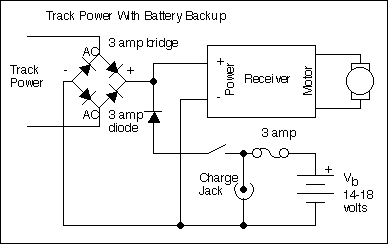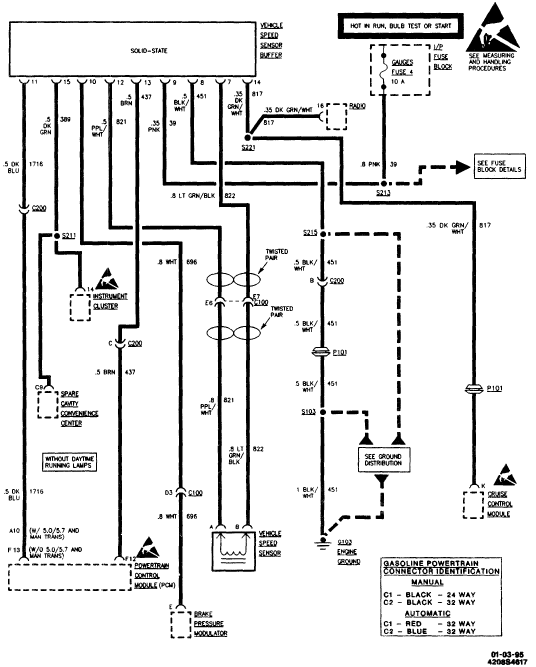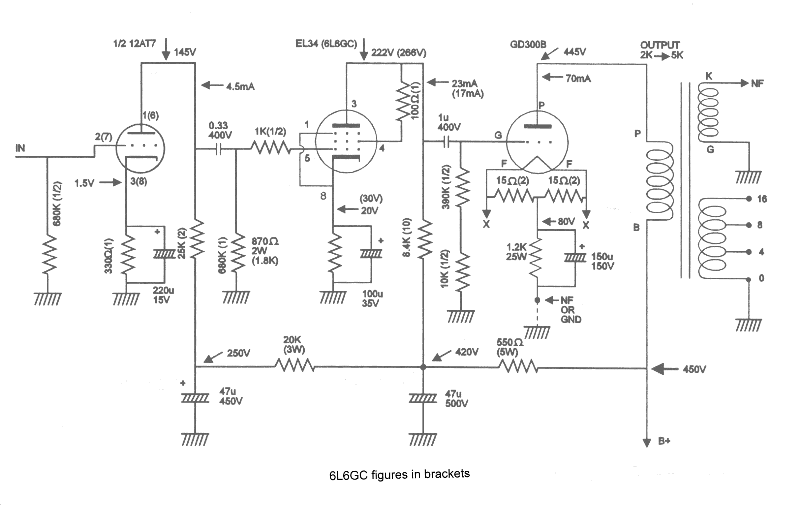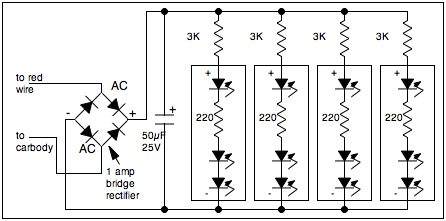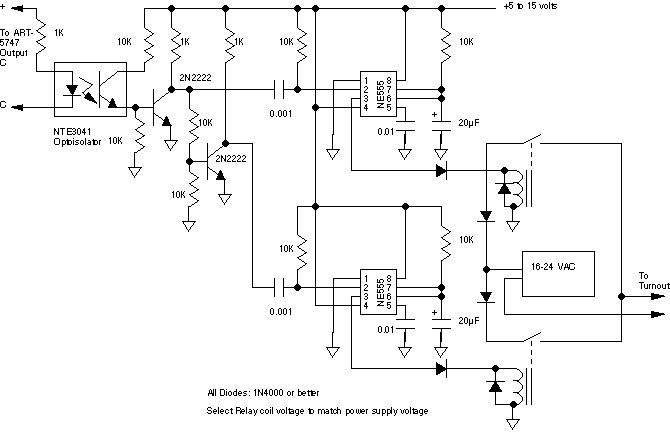
Soundtraxx Sierra Tips
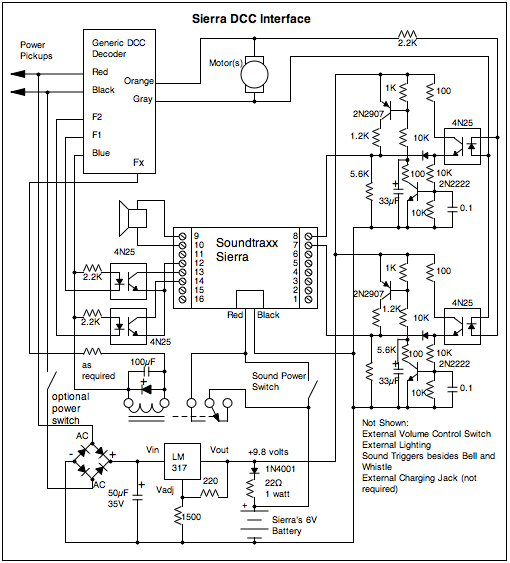
This document outlines the installation and operation of a Soundtraxx Sierra sound system. The Sierra performed adequately and was reasonably priced; however, it was discontinued in September 2008 without a direct replacement. A Soundtraxx Sierra sound system was purchased for installation in an Aristo C-16, costing approximately $150 from Tony's Train Xchange. The Sierra system is available with a ROM that includes recorded C-16 sounds, along with other ROMs for various popular narrow gauge prototypes. As of June 2000, the Sierra also offered diesel sounds for Alco and EMD prime movers. The Sierra is regarded as the best value in large-scale sound systems, providing sound quality comparable to the more expensive Phoenix system while offering additional sound features, programmability, and lighting capabilities. Its sound quality significantly surpasses that of lower-priced digital systems (Dallee and PH), with only a modest price difference of $30 to $50. The Sierra is compatible with both DC track power and PWC track power, integrating seamlessly with any DCC decoder or R/C receiver with the addition of a few low-cost external components. Despite its overall quality, the Sierra has a notable drawback: the track voltage-controlled whistle triggers too frequently, especially when powered by PWC. Adjustments are available to reduce triggering sensitivity, and a combination of settings can suppress the voltage-controlled grade crossing signal. To fully utilize the system's capabilities, careful attention must be paid to speaker treatment. Unlike cheaper systems, the Sierra can deliver sound quality that a basic 3" speaker cannot reproduce. It is recommended to test the unit on a workbench with a high-quality speaker in an appropriate cabinet to appreciate the sound difference. The optimal installation location for the system in a C-16 is the tender, which can accommodate a 3" speaker and provides a sturdy enclosure with minimal air leaks. The tender floor is flat and has few obstructions. Although a larger oval speaker could have been installed in a trailing car, the best option was to maximize the installation in the tender. The tender floor requires drilling to allow sound emission. A 2-watt Radio Shack 40-252 speaker was marked for placement, and the trucks and brake rigging were removed to identify the floor beams. A pattern of 5/16" holes was drilled, along with an additional hole for a power switch and a 1/4" hole for an external volume switch (a standard center-off momentary SPDT sub-miniature toggle switch is available separately). The volume switch also allows for programming the Sierra, making it necessary if the unit is enclosed. For DCC use, pins 1 and 3 can connect to DCC decoder function outputs for remote volume adjustment. Remote programming is feasible, but can be complicated without visual access to the Sierra board's two LEDs. If the board can be seen through a window or hatch, remote programming becomes practical, eliminating the need for additional switches.
The Soundtraxx Sierra sound system is designed to enhance the auditory experience of model trains, particularly in large-scale applications. Its modular architecture allows for flexibility in installation, catering to various locomotive models and configurations. The system's sound generation capabilities are derived from high-quality audio ROMs that replicate the sounds of specific locomotive types, thereby providing an authentic experience for users.
Installation involves careful consideration of the speaker setup, as the output quality is significantly influenced by the speaker's characteristics and enclosure design. The recommended practice of using a high-quality speaker in a well-constructed cabinet ensures that the full potential of the Sierra system is realized. The choice of installation location, such as the C-16 tender, is crucial for achieving optimal sound projection and fidelity.
The integration of the Sierra with existing power systems, whether DC or DCC, highlights its versatility. The ability to connect to DCC decoders enables remote control of sound functions, enhancing user interaction. However, attention must be given to the configuration of the system to mitigate issues such as unintended whistle triggers, which can detract from the overall experience.
In summary, the Soundtraxx Sierra sound system represents a valuable investment for model railway enthusiasts, offering a balance of sound quality, programmability, and ease of integration with existing systems. Proper installation and configuration are essential to maximize its capabilities and ensure a satisfying auditory experience.This page describes the installation and use of a Soundtraxx Sierra sound system. The Sierra worked quite well and was reasonably priced, but time marches on. As of September 2008, the Sierra went out of production and was not replaced by an updated stand alone sound system. I purchased a Soundtraxx Sierra sound system to install in an Aristo C-16 (about $150 from Tony`s Train Xchange). The Sierra system is available with a ROM with recorded C-16 sounds. There are also ROMs for several other popular narrow gauge prototypes. As of June 2000, the Sierra is available with diesel sounds for Alco and EMD prime movers. I feel that the Sierra is the best value available overall in large scale sound system. The sound quality is at least equal to the much higher priced Phoenix system and it has more sound features, is more programmable and provides some lighting features as well. Its sound quality is MUCH better than the lower priced digital systems (Dallee and PH) but it costs only about $30 to $50 more.
The Sierra works well with both DC track power and PWC track power. It integrates well with any kind of DCC decoder or R/C receiver with the addition of a few inexpensive external components. Overall, the Sierra sound system is quite good, but it has one really annoying characteristic. The track voltage controlled whistle triggers much too often, especially when PWC is used to power the track.
There are adjustments that reduce the sensitivity of the triggering and eventually I did find a combination of settings that suppressed the voltage controlled grade crossing signal, so much so that I can`t even make it happen now. That`s OK, its better without the whistle signal. To realize the full capability of the system, you MUST pay careful attention to the treatment of the speaker.
Some of the less expensive systems (PH and Dallee) don`t sound much better with a high quality speaker than they do with a typical 3" speaker. The Sierra has capability that a cheap 3" speaker (i. e. the one that comes with it) can`t reproduce. I recommend that you fire the unit up on your workbench before you install it and connect it to a good speaker in a good cabinet just to see how different it sounds.
At that point, you should be convinced to go to extraordinary lengths to optimize the speaker installation to the maximum extent possible. The obvious place to install the system in a C-16 is in the tender. The C-16 tender is just wide enough to hold a 3" speaker and it is molded with very heavy walls so that it makes a good speaker enclosure.
There are no significant air leaks once the tender body is fastened down. The tender floor is flat and relatively free of obstructions. I considered installing a large oval speaker in a trail car but since I didn`t have one handy, I elected to do the best that I could in the tender. Eventually, I did find a better speaker that would fit, see below. The tender floor must be drilled to let the sound out. I placed the speaker (a 2 watt Radio Shack 40-252) and marked it. Then I removed the trucks and the brake rigging underneath and marked the locations of the floor beams.
I then drilled a pattern of 5/16" holes. One extra 5/16" hole was drilled to mount the power switch and a 1/4" hole was drilled to mount the external volume switch (a regular center-off momentary SPDT sub miniature toggle switch can be purchased separately). The volume switch is also used for programming the Sierra so if you bottle the Sierra up inside something, this switch is necessary.
If you are using DCC, then pins 1 and 3 can be connected to some DCC decoder function outputs as well to allow the volume to be set remotely. Programming is also possible remotely but that can get confusing without being able to see the two LEDs on the Sierra board.
If you can see the board through a window or hatch or something, the remote programming is practical and you can avoid mounting yet another swit 🔗 External reference
The Soundtraxx Sierra sound system is designed to enhance the auditory experience of model trains, particularly in large-scale applications. Its modular architecture allows for flexibility in installation, catering to various locomotive models and configurations. The system's sound generation capabilities are derived from high-quality audio ROMs that replicate the sounds of specific locomotive types, thereby providing an authentic experience for users.
Installation involves careful consideration of the speaker setup, as the output quality is significantly influenced by the speaker's characteristics and enclosure design. The recommended practice of using a high-quality speaker in a well-constructed cabinet ensures that the full potential of the Sierra system is realized. The choice of installation location, such as the C-16 tender, is crucial for achieving optimal sound projection and fidelity.
The integration of the Sierra with existing power systems, whether DC or DCC, highlights its versatility. The ability to connect to DCC decoders enables remote control of sound functions, enhancing user interaction. However, attention must be given to the configuration of the system to mitigate issues such as unintended whistle triggers, which can detract from the overall experience.
In summary, the Soundtraxx Sierra sound system represents a valuable investment for model railway enthusiasts, offering a balance of sound quality, programmability, and ease of integration with existing systems. Proper installation and configuration are essential to maximize its capabilities and ensure a satisfying auditory experience.This page describes the installation and use of a Soundtraxx Sierra sound system. The Sierra worked quite well and was reasonably priced, but time marches on. As of September 2008, the Sierra went out of production and was not replaced by an updated stand alone sound system. I purchased a Soundtraxx Sierra sound system to install in an Aristo C-16 (about $150 from Tony`s Train Xchange). The Sierra system is available with a ROM with recorded C-16 sounds. There are also ROMs for several other popular narrow gauge prototypes. As of June 2000, the Sierra is available with diesel sounds for Alco and EMD prime movers. I feel that the Sierra is the best value available overall in large scale sound system. The sound quality is at least equal to the much higher priced Phoenix system and it has more sound features, is more programmable and provides some lighting features as well. Its sound quality is MUCH better than the lower priced digital systems (Dallee and PH) but it costs only about $30 to $50 more.
The Sierra works well with both DC track power and PWC track power. It integrates well with any kind of DCC decoder or R/C receiver with the addition of a few inexpensive external components. Overall, the Sierra sound system is quite good, but it has one really annoying characteristic. The track voltage controlled whistle triggers much too often, especially when PWC is used to power the track.
There are adjustments that reduce the sensitivity of the triggering and eventually I did find a combination of settings that suppressed the voltage controlled grade crossing signal, so much so that I can`t even make it happen now. That`s OK, its better without the whistle signal. To realize the full capability of the system, you MUST pay careful attention to the treatment of the speaker.
Some of the less expensive systems (PH and Dallee) don`t sound much better with a high quality speaker than they do with a typical 3" speaker. The Sierra has capability that a cheap 3" speaker (i. e. the one that comes with it) can`t reproduce. I recommend that you fire the unit up on your workbench before you install it and connect it to a good speaker in a good cabinet just to see how different it sounds.
At that point, you should be convinced to go to extraordinary lengths to optimize the speaker installation to the maximum extent possible. The obvious place to install the system in a C-16 is in the tender. The C-16 tender is just wide enough to hold a 3" speaker and it is molded with very heavy walls so that it makes a good speaker enclosure.
There are no significant air leaks once the tender body is fastened down. The tender floor is flat and relatively free of obstructions. I considered installing a large oval speaker in a trail car but since I didn`t have one handy, I elected to do the best that I could in the tender. Eventually, I did find a better speaker that would fit, see below. The tender floor must be drilled to let the sound out. I placed the speaker (a 2 watt Radio Shack 40-252) and marked it. Then I removed the trucks and the brake rigging underneath and marked the locations of the floor beams.
I then drilled a pattern of 5/16" holes. One extra 5/16" hole was drilled to mount the power switch and a 1/4" hole was drilled to mount the external volume switch (a regular center-off momentary SPDT sub miniature toggle switch can be purchased separately). The volume switch is also used for programming the Sierra so if you bottle the Sierra up inside something, this switch is necessary.
If you are using DCC, then pins 1 and 3 can be connected to some DCC decoder function outputs as well to allow the volume to be set remotely. Programming is also possible remotely but that can get confusing without being able to see the two LEDs on the Sierra board.
If you can see the board through a window or hatch or something, the remote programming is practical and you can avoid mounting yet another swit 🔗 External reference
